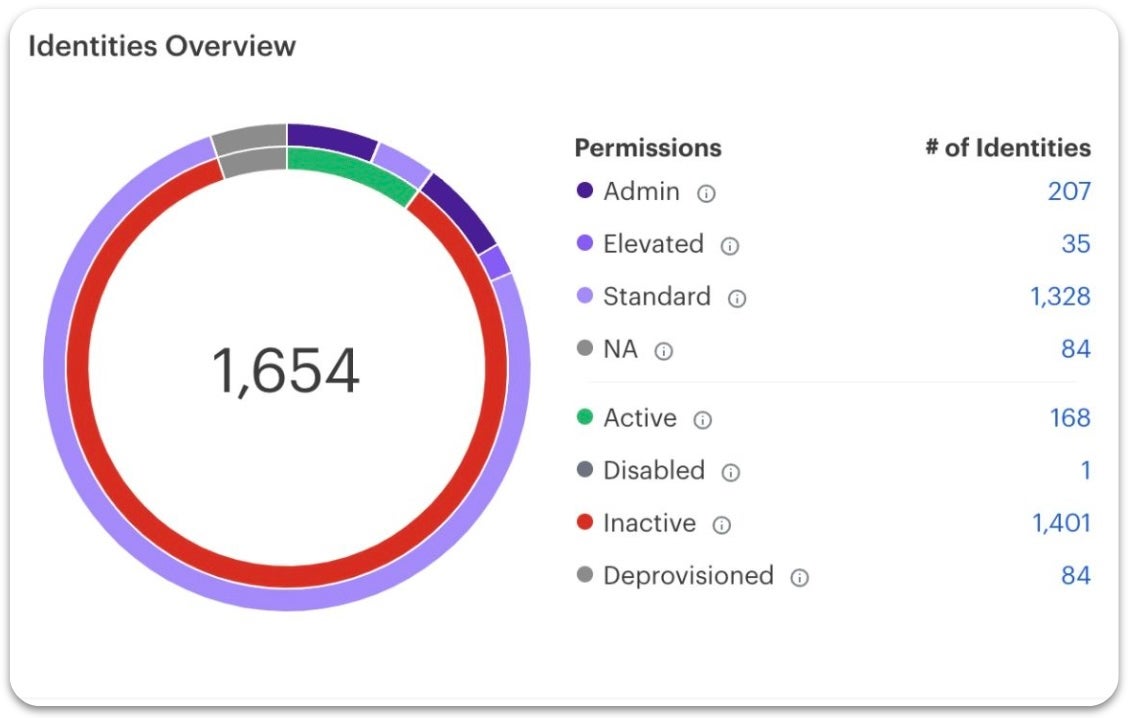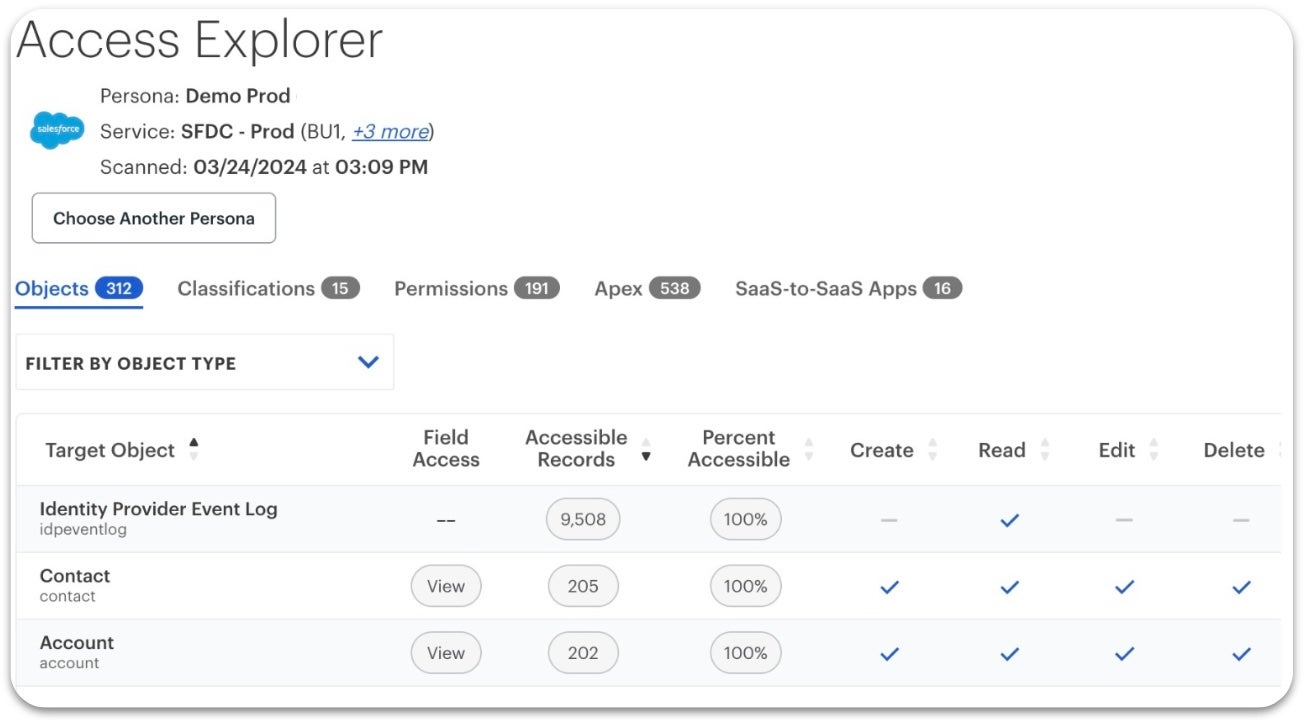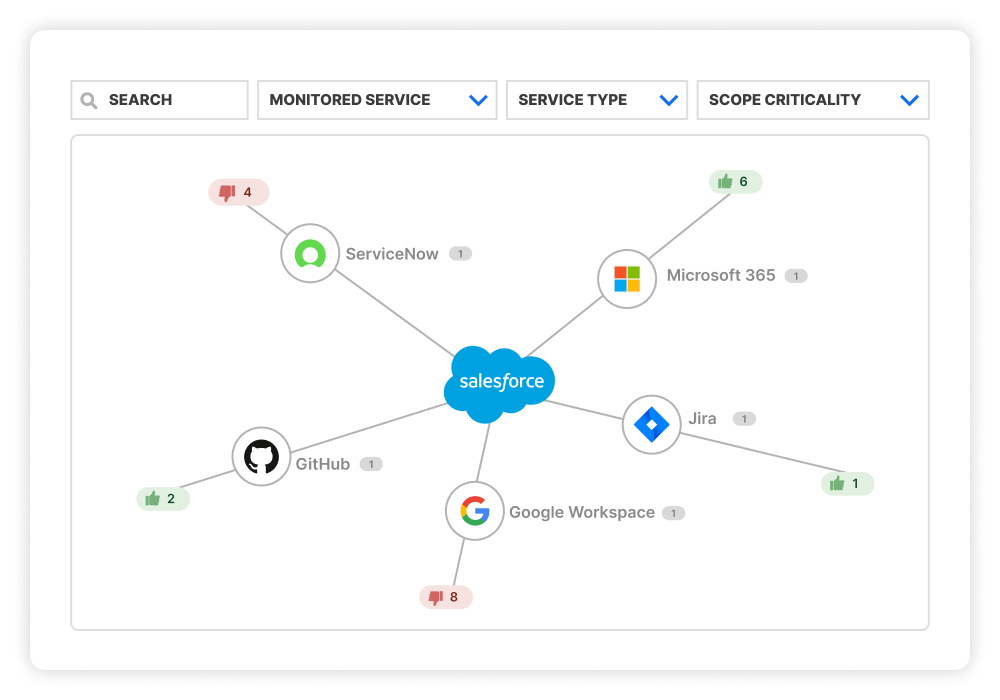Zero Trust Posture Management
Closing the loop on Zero Trust™
Eliminate implicit trust inside SaaS at the application level
Zero Trust (ZT) architectures operate on the principle that trust should never be assumed implicitly, regardless of the network location or asset ownership. Today, enterprise assets are not confined to a controlled network but rather spread across cloud services, remote offices, and mobile workers.
AppOmni extends Zero Trust beyond your network and infrastructure levels into SaaS applications with Zero Trust Posture Management (ZTPM™). It closes critical gaps at the application level, such as misconfigurations in access controls, unchecked privileges, data leaks, or overlooked third-party integrations.

End-to-end Zero Trust Security

Dynamic Policy Enforcement

Strong Identity and Access Protection
Extend your zero trust architecture to SaaS apps & data
Zero Trust (ZT) is an effective framework that secures today’s distributed organizations by leveraging continuous verification and the principle of “never trust, always verify” — regardless of network boundaries. Ensure Zero Trust doesn’t stop at the network edge.
How AppOmni bridges a critical gap in network-centric Zero Trust (ZT) architectures
See AppOmni in Action
AppOmni’s agentless architecture delivers continuous SaaS and AI security monitoring with timely insights and remediation guidelines to help you prevent data breaches. The platform provides a central control point for all managed SaaS applications in your organization.
Latest Resources
-

Inside the Global Airline that Eliminated 14,600 SaaS Security Issues with AppOmni
28 apps secured. 37 orgs monitored. 14,600 issues resolved. See how a global airline strengthened SaaS security with AppOmni.
-
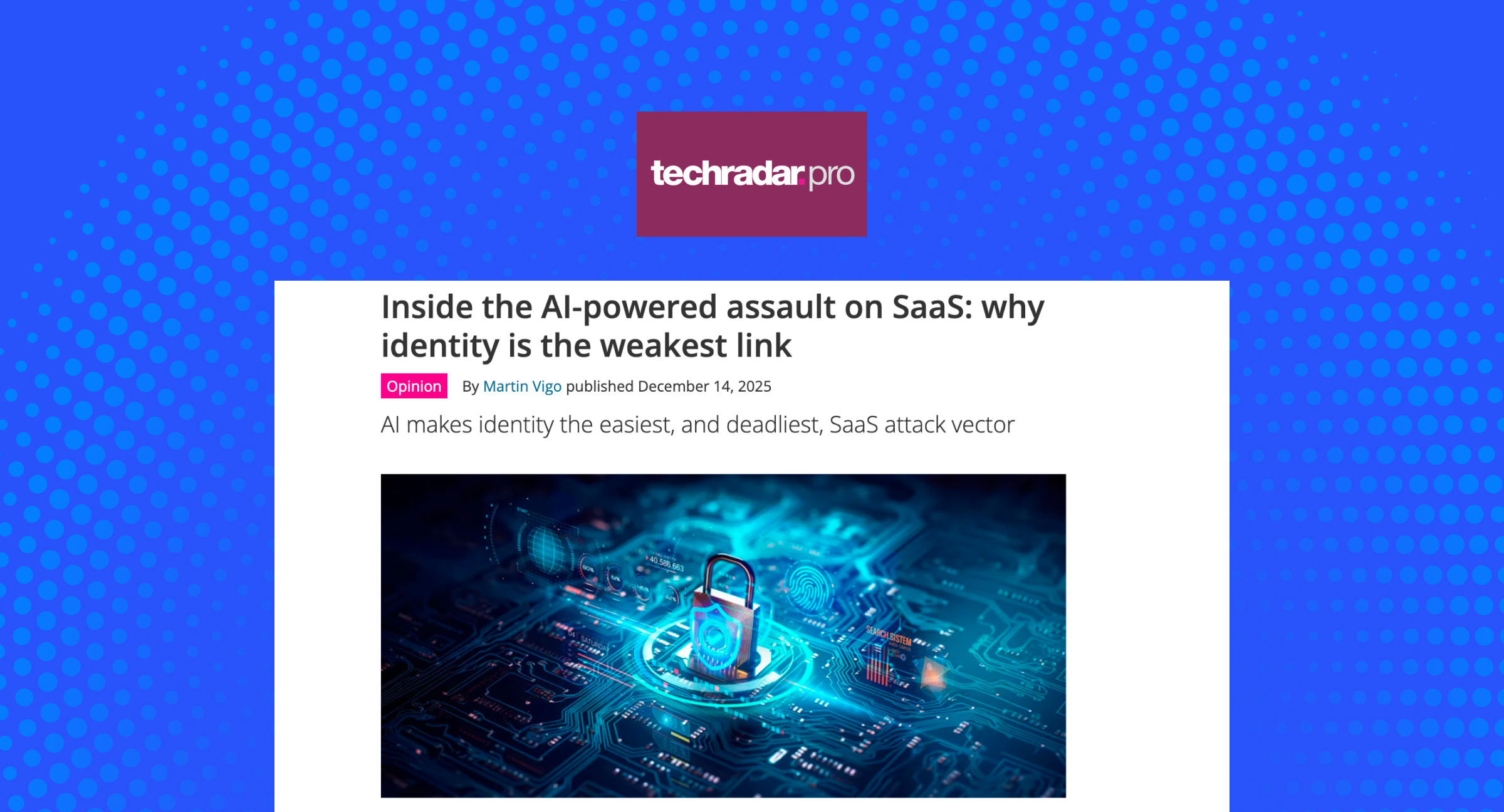
Inside the AI-powered assault on SaaS: why identity is the weakest link
Martin Vigo from AppOmni explains why AI makes identity the easiest, and deadliest, SaaS attack vector.
-
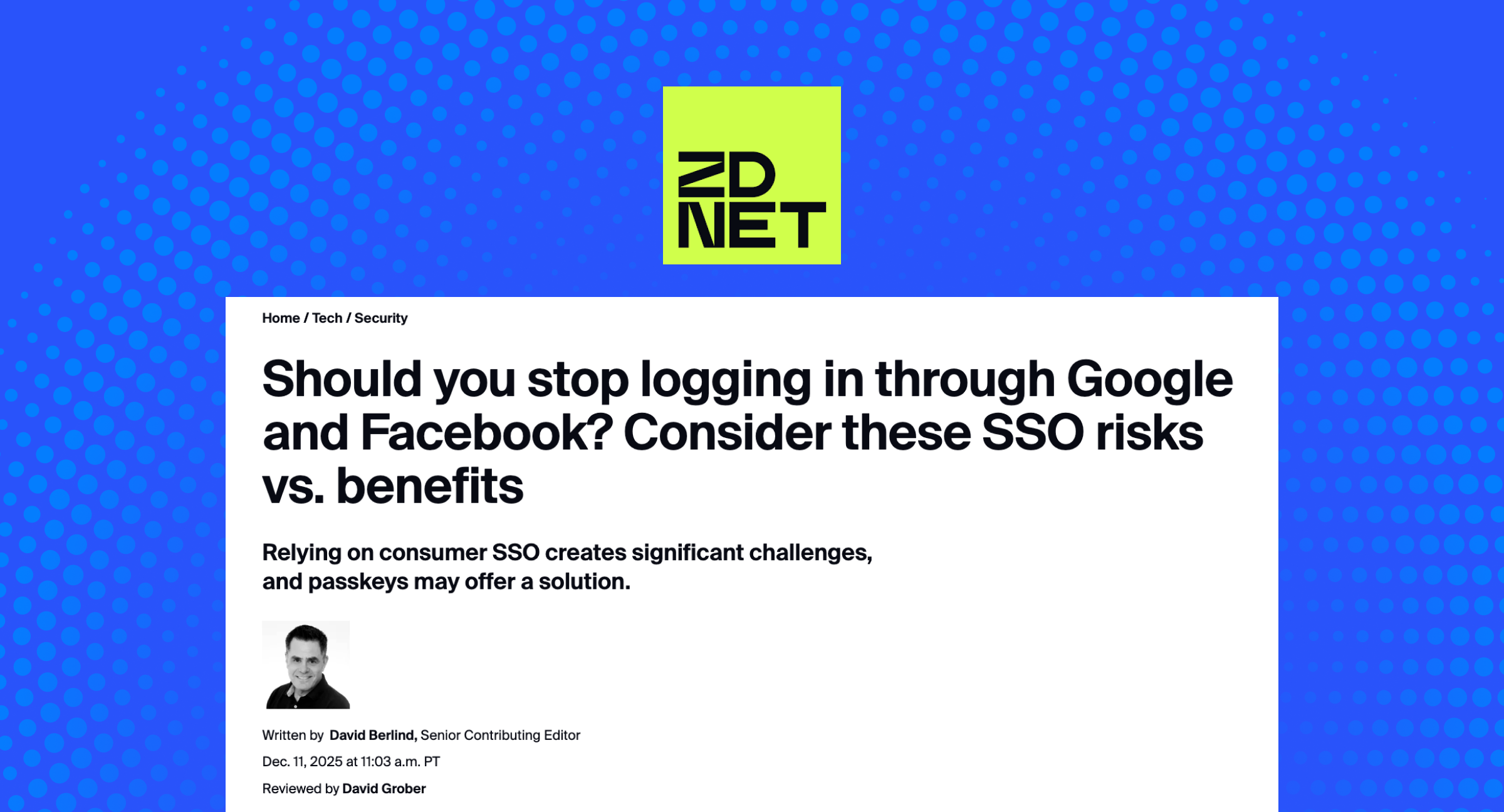
Should you stop logging in through Google and Facebook? Consider these SSO risks vs. benefits
“You’re right that ‘Sign in with Google/Apple/etc.’ centralizes risk,” said Cory Michal, chief security officer at AppOmni.
